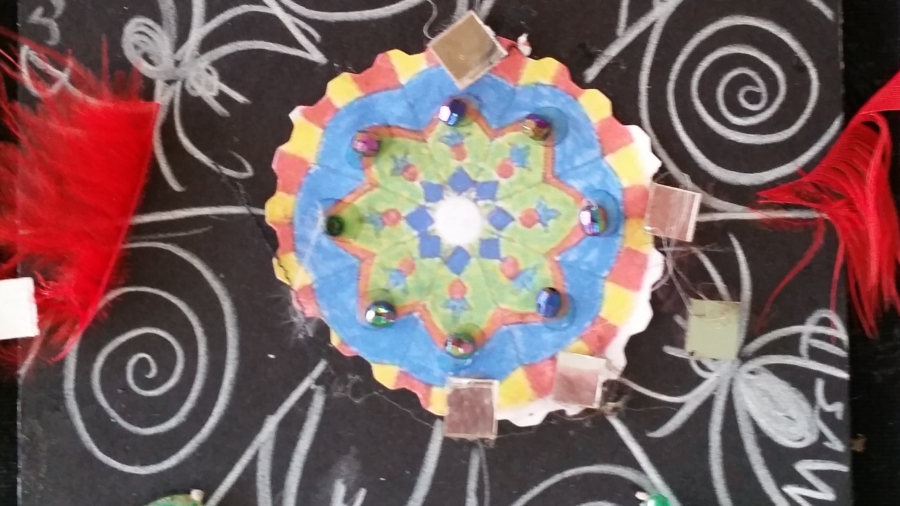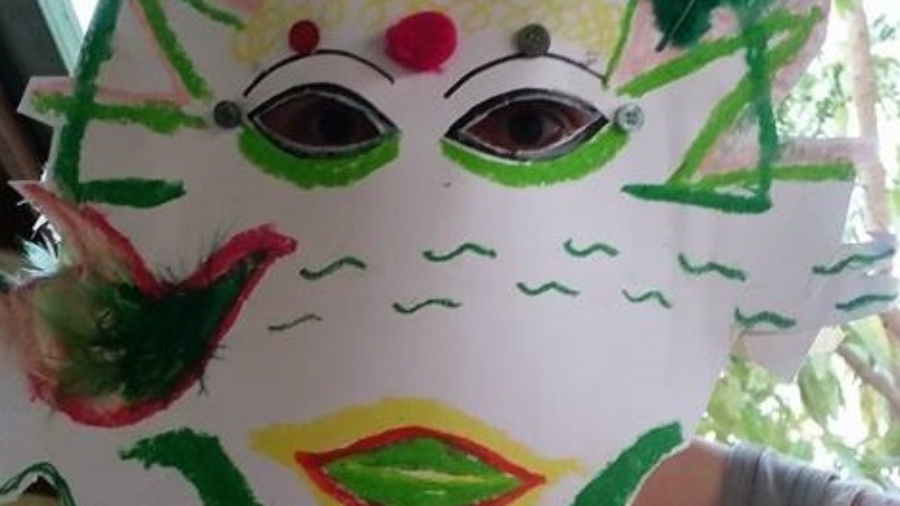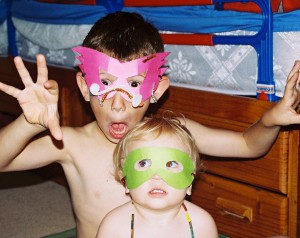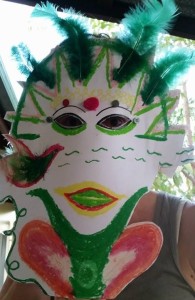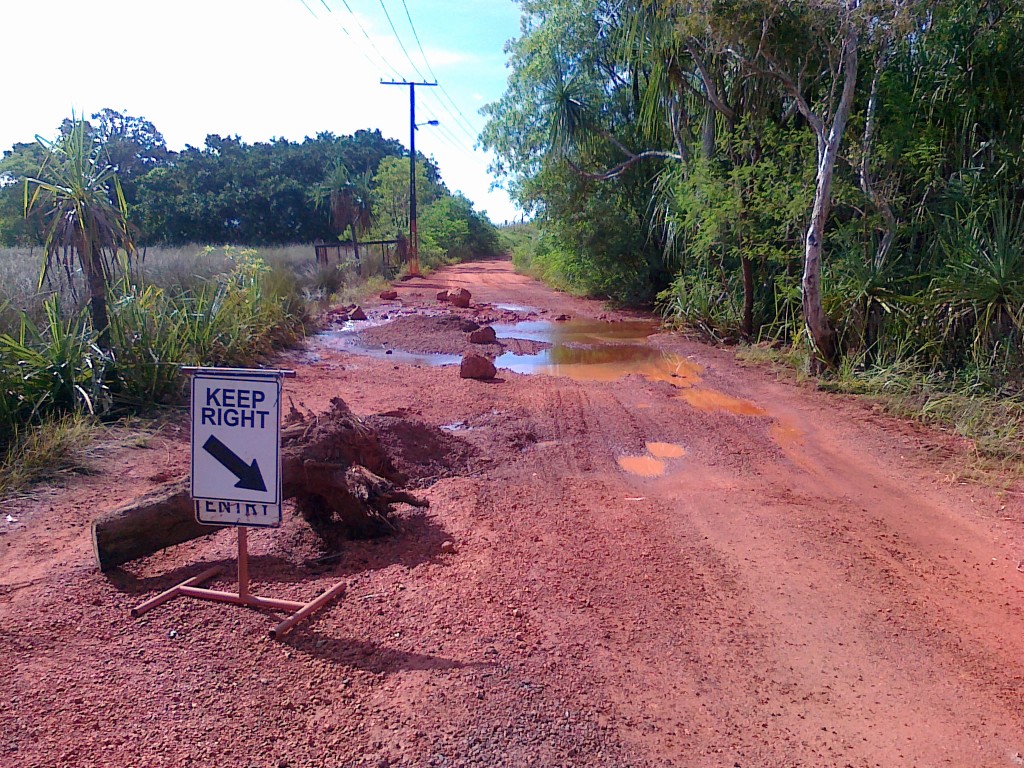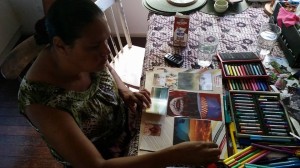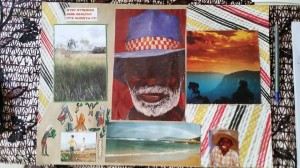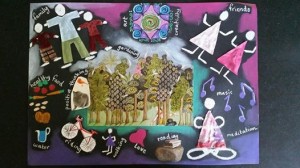2014 is starting to feel like a tragic year. Two heartbreaking airline disasters are making the world an unsafe place to explore. The actions of uncaring, uncompassionate politicians are shining the international human rights spotlight on Australia. And even our neighbourhood is mourning the loss of unexplained suicide.
Even though none of these events have affected me or my family directly, it feels like my safe and secure ‘cone of comfort’ is slowly being smothered as layer by layer another blanket is added on top. I am heavy and weary. I am trying to breathe. Earlier this year, I was particularly sensitive to what was happening around me. I was even told by my doctor to stop watching the news and using Facebook, as it would depress me too much. I did for a few weeks until my sadness about the world subsided. Momentarily. You cannot avoid it. You cannot tune out entirely. So what do you do with these feelings that you carry?
It feels like some sort of “bystander trauma”. But this term has been used to describe those who have witnessed their loves ones die or seriously injured at the scene of an accident or the like. So it is probably not the right term to use for those of us watching on as the bystanders suffer. Then again, some of the images we see on media are pretty graphic. It practically feels like you’re there.
How can the majority of us who may not be directly affected by tragedy or injustice express our sadness for the grief and suffering of others? How can we express our own feelings of losses…like safety and security in the world….or nationwide compassion towards those being oppressed?
Art is used in a therapeutic context to assist those directly affected by grief, loss and trauma to “confront emotions, overcome depression, integrate traumatic experiences and find relief and resolution of grief and loss” (Malchiodi 2007). But I believe it is also useful to those of us on the sidelines, watching the tragedy unfold before us and watching the bystanders grieve. The process of making art is a sensory experience, not a cognitive one. It gives us a safe place to express feelings we don’t have the words for or an audience available to listen.
So after the tragedy of MH17 this is what I did.

If like me, you’re feeling the weight of the blankets smothering you…watching the violence, the despair and the tears of the world, as you try to draw breath, why not give it a go?
- Find a piece of paper. It could be a A4 sheet, scrapbook or journal.
- Gather something to draw with e.g. textas, pencils, pastels, paint – whatever you prefer or feels right for you.
- Gather some collage materials if you have more time. I used the newspaper with the feature story of the tragedy.
- Use the materials in front of you to express your thoughts and feelings in whatever form you choose, concrete or abstract. You do not have to use words.
- When you are finished, take some deep breaths and acknowledge what it feels like in your body right now.
By the way, don’t think that you haven’t got time for this. Even if you’re sitting at your desk, grab a sticky note and a pen and doodle to your hearts content. Making art is good for you. It might even make you feel like you can come out from underneath the blanket and carry on.
References: Malchiodi, C. (2007) The Art Therapy Sourcebook, 2nd edn. McGraw Hill Publishing.

